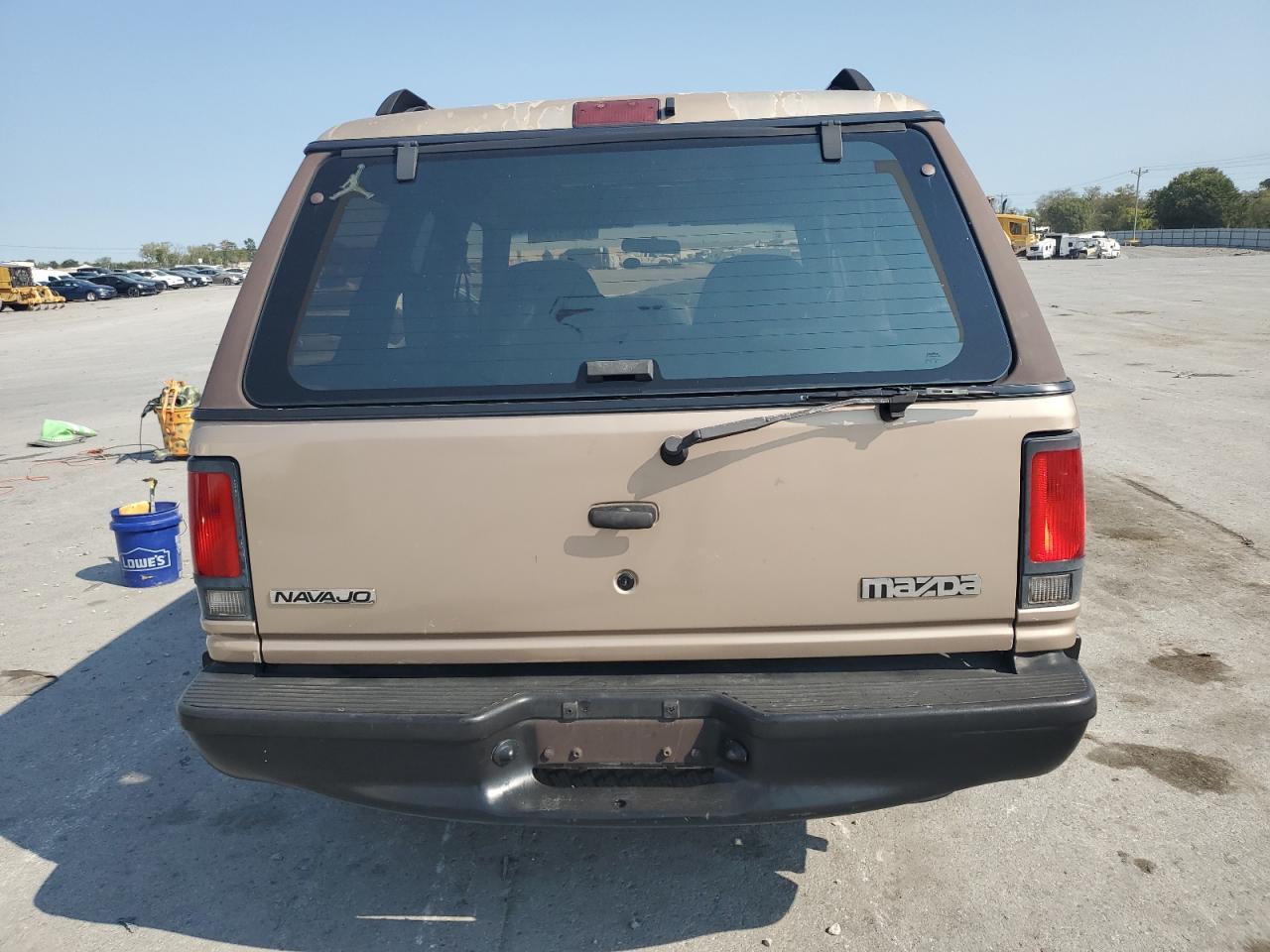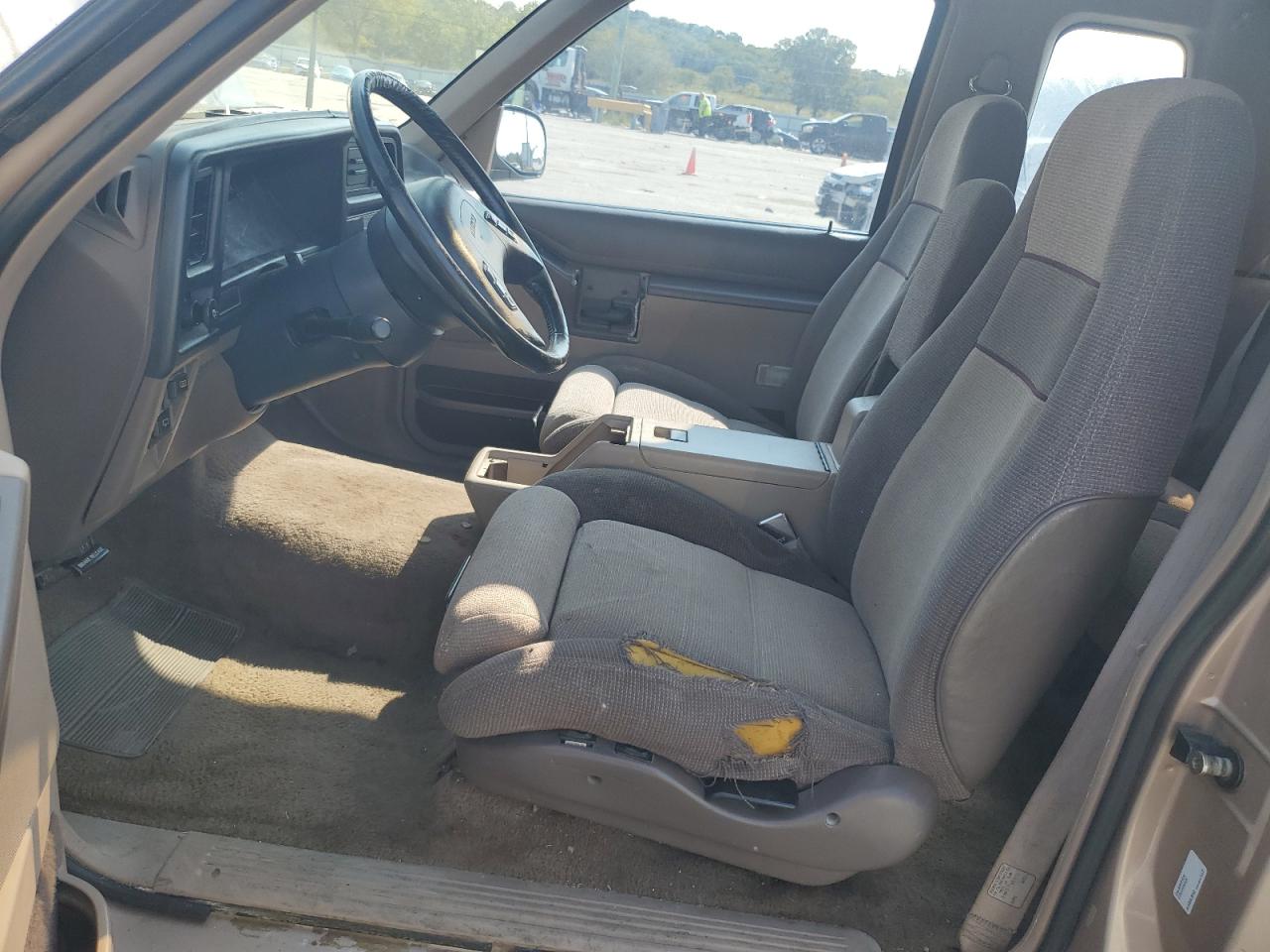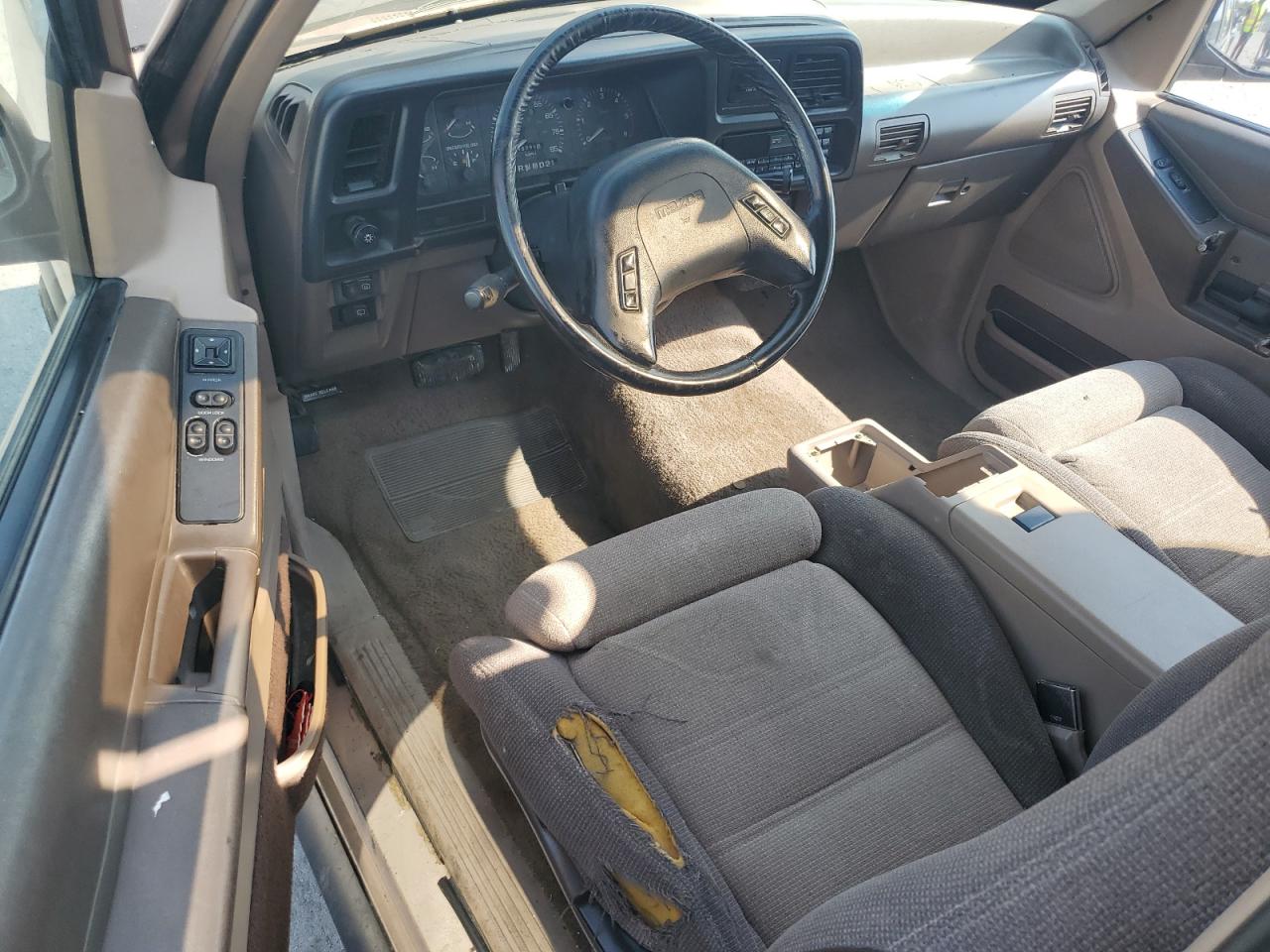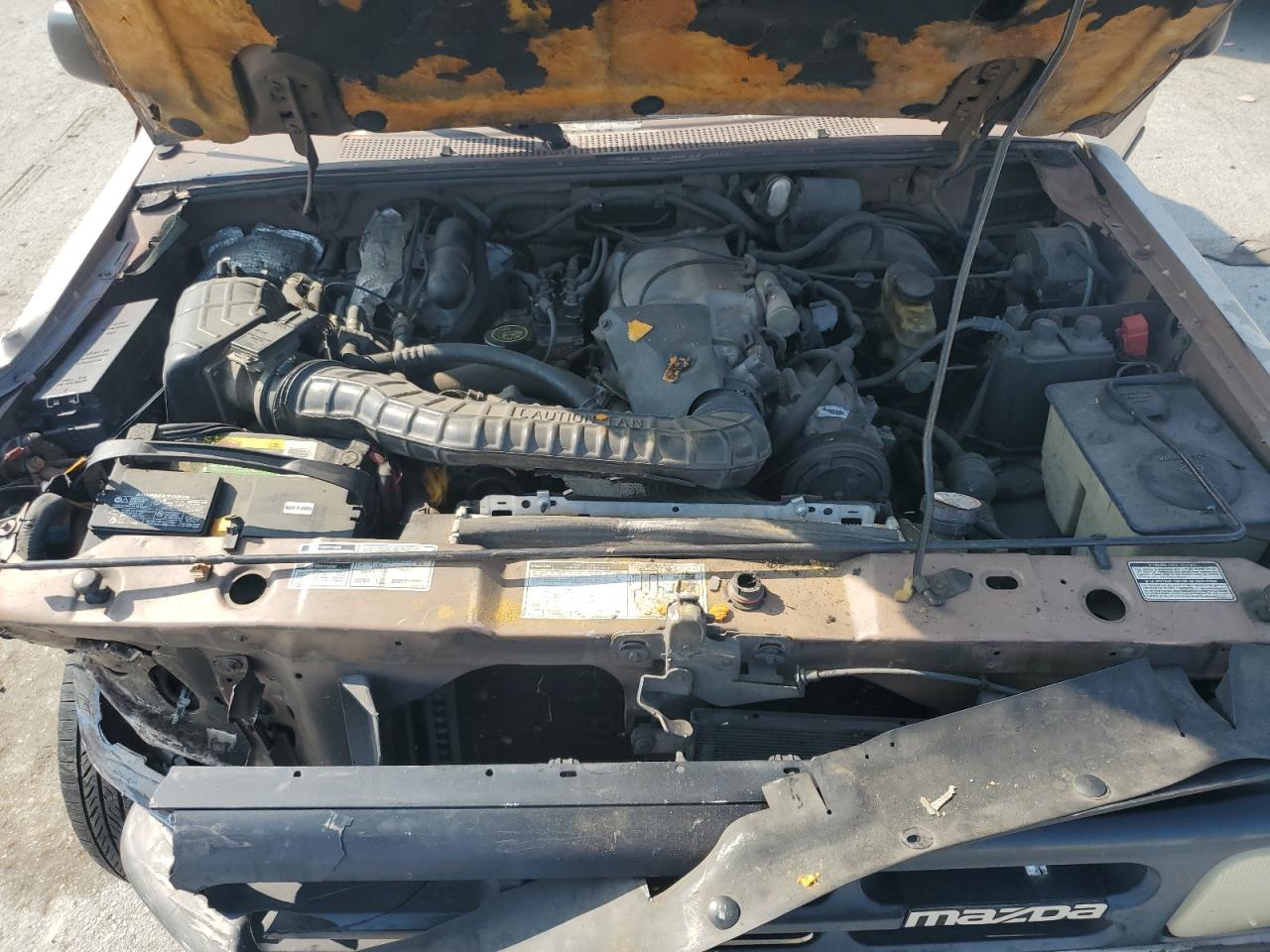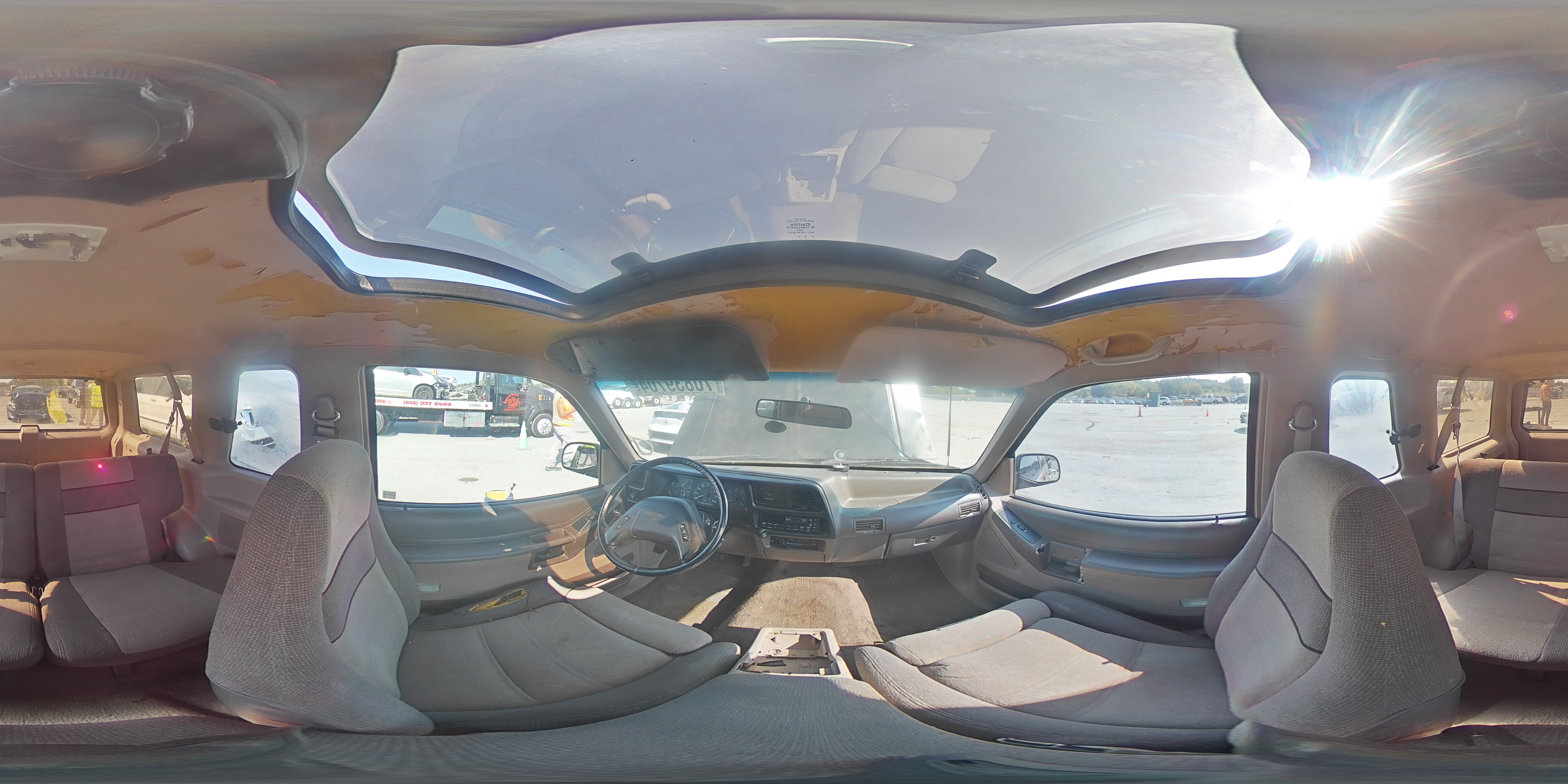Mazda Navajo (1)
1994 Mazda Navajo Lx
The Mazda Navajo is an SUV that has been produced by the Japanese company Mazda since the early 1990s. Although it was a relatively short-lived model, the Navajo played a significant role in expanding Mazda's lineup and presence in the North American SUV market. In this article, we will look at the history of the Mazda Navajo, its modifications, available colors, years of production, sales volume, and identify the most successful and problematic aspects of this model.
The history of the Mazda Navajo model began in 1991, when the company decided to release its first full-fledged SUV for the American market. In fact, the Navajo was the result of a collaboration with the American automaker Ford, as it was essentially a slightly modified version of the Ford Explorer. This allowed Mazda to quickly enter the SUV market using an already proven platform and technology.
Mazda Navajo modifications were limited compared to its competitors. There were only two main trim levels: base and LX. Both modifications offered relatively rich equipment for their time, including all-wheel drive options and various amenities for the driver and passengers. Externally, the car had a characteristic Mazda design, but with recognizable features of the Ford Explorer.
The Mazda Navajo color palette included several popular shades such as red, black, white, and blue. These colors allowed buyers to choose a car that suited their personal preferences and style. Despite the limited selection, these colors remained popular and relevant throughout the model’s production life.
The Mazda Navajo was produced from 1991 to 1994. During this period, a significant number of cars were produced, but the overall sales volume could not surpass the results of many competitors. Nevertheless, the model found its audience and left its mark on the SUV market.
The most successful and problematic aspects of the Mazda Navajo were different. On the one hand, the success of the model was due to its reliability, comfort and affordable price. On the other hand, the car faced problems related to the build quality and some mechanical faults that affected its reputation. In addition, the limited number of modifications and trim levels also played a role in moderate sales.
Thus, the Mazda Navajo remains an interesting page in Mazda's history. Despite its short life, this model demonstrated the company's desire to innovate and adapt to market demands. Studying its history, modifications and successes helps to better understand the evolution of the brand and its strategic decisions on the way to modernity.
Mazda Navajo: Model History and Modifications
Despite its short history, the Mazda Navajo left a mark with its combination of Japanese engineering and American design. The model was positioned as a sporty and reliable SUV that could compete with other compact SUVs on the market at the time.
Mazda Navajo Modifications
- 1991: The model debuts. The Navajo was offered in one trim level, the LX, with rear-wheel drive and all-wheel drive. The base engine was a 4.0-liter V6 from Ford, producing 160 horsepower.
- 1992: The DX trim was added, which was less equipped but more affordable. An additional option package was introduced, which included an upgraded audio system and leather seats.
- 1993: Minor changes were made to the interior and exterior, including new color options and improved trim materials. The suspension system was improved for greater road holding.
- 1994: Last year of production. Mazda decided to discontinue the Navajo due to poor sales and focus on other SUV and crossover models.
Although the Mazda Navajo was not a bestseller, it remains an interesting example of cooperation between automakers and adaptation of models for different markets. Thanks to its technical characteristics and ease of use, the Navajo still finds its fans among fans of classic SUVs.
Mazda Navajo Production Years and Main Changes
The Mazda Navajo was the first and only SUV that Mazda offered in the North American market. Production of this vehicle began in 1991 and continued until 1994. The Navajo was based on the Ford Explorer, which was the result of a partnership between Mazda and Ford. It was presented as a sportier and more compact alternative to existing SUV models.
Despite its short production run, the Mazda Navajo has gone through several minor changes and improvements aimed at satisfying customer needs and improving its competitiveness in the market. This article looks at the major changes that have occurred over the years of the model's production.
The main changes of Mazda Navajo by years
- 1991: The Mazda Navajo was launched. It was offered with a 4.0-liter V6 engine and was available in two trim levels: base and LX. The main differences between the two were the level of equipment and amenities, such as air conditioning, an upgraded audio system, and leather upholstery in the LX.
- 1992: Minor cosmetic changes were introduced, such as new paint options and updated wheel designs. The suspension system was also improved to improve comfort and handling.
- 1993: The model received an updated interior with improved trim materials and more comfortable seats. New options appeared, including the ABS system, which increased the car's safety and control on the road.
- 1994: The final year of production for the Mazda Navajo. This year saw the last of the improvements, including more modern technology in the audio system and additional options for driver and passenger comfort. At the end of the year, production ceased due to low sales and high competition in the SUV market.
Available Colors and Their Popularity Among Drivers
The popularity of certain colors has varied depending on fashion trends and regional preferences. Some shades have become real hits among drivers, while others have remained less popular.
Mazda Navajo Main Colors
- Black: An elegant and timeless color, black Mazda Navajos were especially popular among drivers who valued style and austerity.
- White: A practical and versatile color that is easy to combine with other design elements, white cars are often chosen for their ability to look clean and fresh.
- Red: A vibrant and dynamic color that attracts attention. Red Navajo models were popular among young and active drivers.
- Silver: This color is known for its ability to hide minor dirt and scratches, making it a practical choice for urban environments.
- Blue: A calm and reliable color, blue Mazda Navajos were often chosen by drivers who preferred classic and unobtrusive shades.
In addition to the main colors listed, the Mazda Navajo also came in several other colors, such as green, burgundy, and gold. These colors allowed drivers to express their individuality and stand out on the road.
The popularity of colors also depended on the year of production and the company's marketing strategy. In some years, certain colors were promoted more actively, which also influenced the choice of buyers. For example, in the early 90s, bright and saturated shades were in demand, while at the end of the decade, more restrained and classic colors began to prevail.
ColorPopularity
Black | Very high
White | Tall
Red | Average
Silver | Tall
Blue | Average
Black | Very high
White | Tall
Red | Average
Silver | Tall
Blue | Average
Mazda Navajo Sales Volume and Successful Modifications
When it comes to Mazda Navajo, its sales volumes were quite remarkable in the market between 1991 and 1994. This SUV, which is a variation on the Ford Explorer theme, gained considerable popularity, especially among those who valued reliability and comfort.
The most successful Navajo models, as the data shows, include versions equipped with powerful engines and an expanded list of options. Models with more powerful engines often attracted the attention of car enthusiasts, their off-road ability and rugged construction made the Navajo the preferred choice for those looking for a reliable SUV for various adventures.
- Model years: The Mazda Navajo was launched in 1991 and continued to be produced until 1994.
- Colour options: The Mazda Navajo colour palette included a variety of options, from classic black and white to brighter, more saturated shades.
- Sales Volumes: Although exact figures are not always easy to find, the Mazda Navajo was a sought-after model, especially in its early years of production. Its sales were significant, indicating its successful introduction to the market.
The Most Problematic Versions and Frequent Failures
During the operation of the Mazda Navajo, some models have been found to have more pronounced problems and malfunctions than others. It is important to consider these aspects when choosing a used car of this brand.
Year of release: 1991
The first model year is usually accompanied by quite a few problems related to production setup and design. Among the most common defects in the 1991 Mazda Navajo can be found:
- Transmission Issues: Some owners have complained of surging or jerking gear shifts, as well as problems with the automatic transmission.
- Oil Leaks: There have been instances of oil leaking from various areas of the engine, requiring regular inspection and replacement of seals.
Years of production 1992-1994
In subsequent years, the Navajo models showed some improvements, but some problems still remained:
- Body corrosion: Mazda Navajo has been known to have problems with rust on door sills, wheel arches and other areas of the body, especially in areas with harsh climates.
- Electrical Problems: Some owners have complained of electrical problems such as lights, ignition systems, and other electronic devices not working properly.
In general, when buying a used Mazda Navajo, you should consider the above issues and inspect the car for the relevant signs. Regular maintenance and careful attention to the condition of the car will help to avoid serious troubles on the road.





